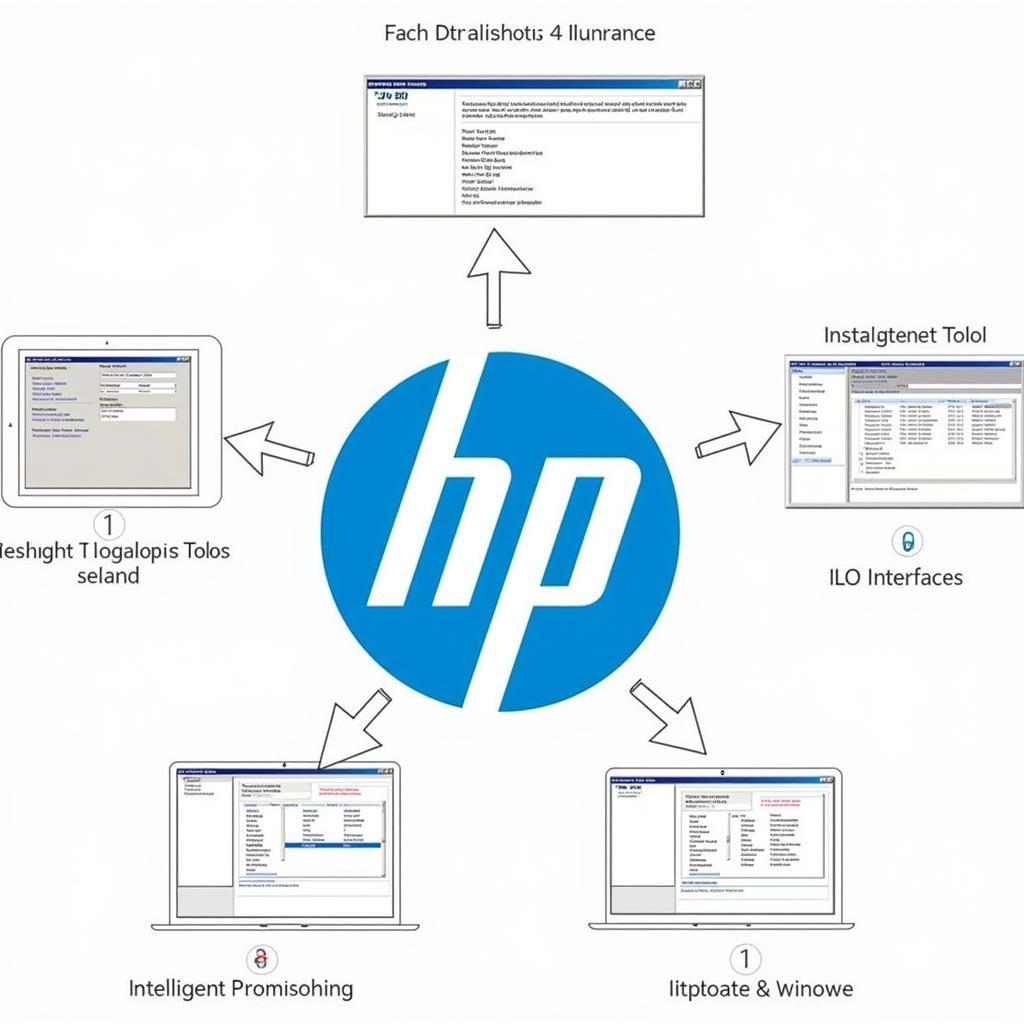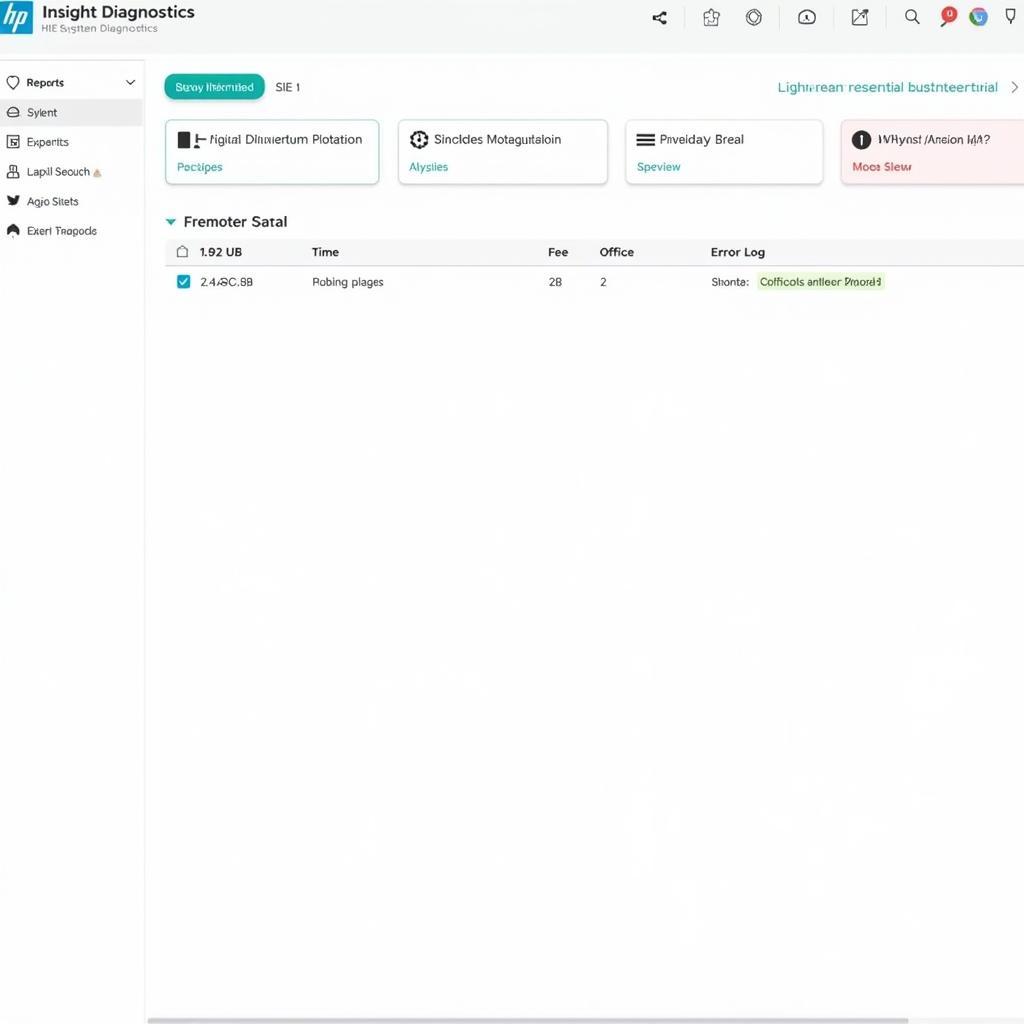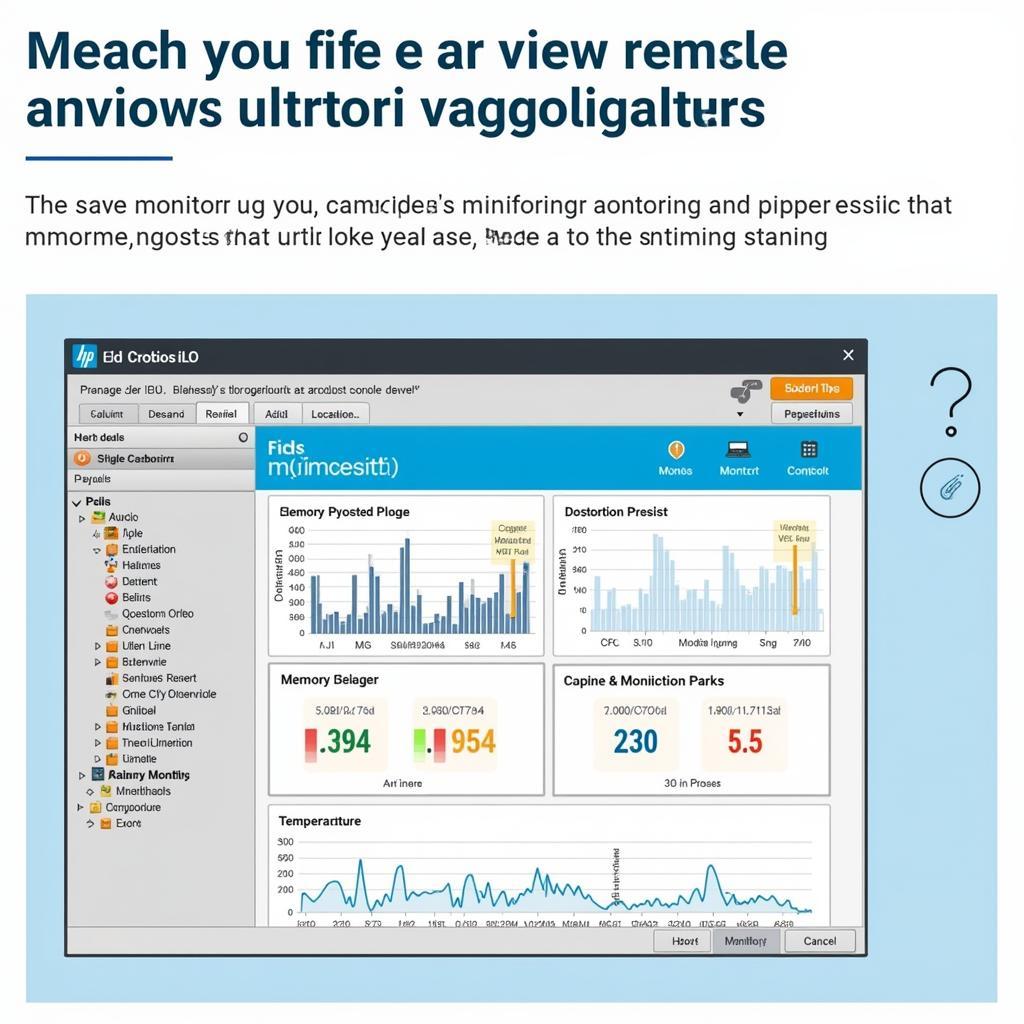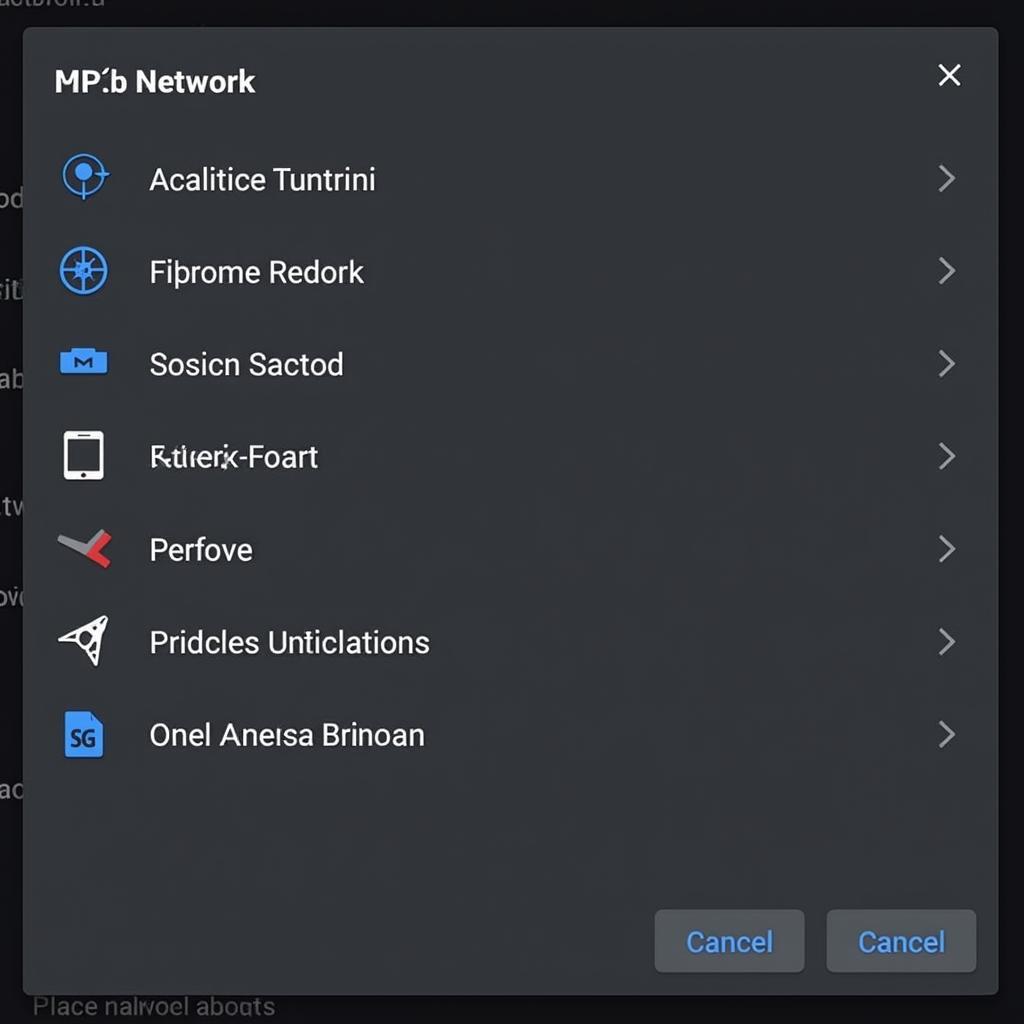Hpe Server Diagnostic Tools are crucial for maintaining optimal server performance. These tools provide vital insights into the health of your server hardware and software, enabling quick troubleshooting and efficient repairs. Identifying and addressing server issues promptly minimizes downtime and ensures business continuity.
Why HPE Server Diagnostic Tools are Essential
HPE servers are the backbone of many businesses, powering critical applications and services. Downtime can be costly, disrupting operations and impacting revenue. HPE server diagnostic tools offer proactive monitoring, allowing you to identify potential problems before they escalate into major failures. These tools empower you to take swift corrective action, minimizing downtime and maintaining a healthy IT infrastructure.
Understanding the Different Types of HPE Server Diagnostic Tools
HPE provides a suite of diagnostic tools tailored to different needs and scenarios. These tools range from built-in utilities to advanced software packages, each designed to address specific diagnostic tasks.
- Integrated Management Log (IML): This built-in tool records system events, providing valuable information for troubleshooting hardware and firmware issues.
- Intelligent Provisioning: This tool simplifies server setup and configuration, and also includes diagnostic capabilities for initial system checks.
- HPE Insight Diagnostics: This comprehensive software package offers advanced diagnostic features for in-depth analysis of server components. It performs detailed hardware scans and provides comprehensive reports to pinpoint the root cause of problems.
- HPE Support Center: Access a wealth of resources, including firmware updates, drivers, and diagnostic utilities through the HPE Support Center website.
 HPE Server Diagnostic Tools Overview
HPE Server Diagnostic Tools Overview
How to Use HPE Server Diagnostic Tools Effectively
Using HPE server diagnostic tools effectively requires a systematic approach. Follow these steps to troubleshoot and resolve server issues:
- Identify the Problem: Gather as much information as possible about the issue. Note any error messages, unusual behavior, or performance degradation.
- Choose the Right Tool: Select the appropriate diagnostic tool based on the nature of the problem. For basic troubleshooting, the IML or Intelligent Provisioning might suffice. For more complex issues, HPE Insight Diagnostics or the HPE Support Center may be necessary.
- Run the Diagnostic Tests: Follow the instructions provided with each tool to run the necessary diagnostic tests. Pay close attention to any error messages or warnings generated during the process.
- Analyze the Results: Carefully examine the diagnostic reports and logs to identify the root cause of the problem. HPE’s diagnostic tools provide detailed information about hardware failures, firmware inconsistencies, and software conflicts.
- Take Corrective Action: Based on the diagnostic results, implement the necessary repairs or replacements. This may involve updating firmware, replacing faulty components, or reconfiguring software settings.
 Analyzing HPE Insight Diagnostics Report
Analyzing HPE Insight Diagnostics Report
Troubleshooting Common Server Problems with HPE Diagnostic Tools
HPE server diagnostic tools can help you address a wide range of server issues. Here are some common problems and how these tools can assist in their resolution:
- Hardware Failures: Identify faulty hard drives, memory modules, or power supplies.
- Firmware Issues: Detect outdated or corrupted firmware and update to the latest versions.
- Operating System Problems: Troubleshoot issues related to the operating system, drivers, and applications.
- Performance Bottlenecks: Identify resource constraints and optimize server performance.
“Regular use of HPE diagnostic tools is like having a preventative maintenance schedule for your servers. It allows you to catch potential issues before they become major problems,” says John Smith, Senior Systems Engineer at DataCenter Solutions Inc.
Proactive Monitoring with HPE Diagnostic Tools
Regularly monitoring your servers with HPE diagnostic tools can prevent costly downtime. By proactively identifying potential issues, you can take preventative measures to maintain a stable and reliable IT infrastructure.
 Remote Server Monitoring with HPE iLO
Remote Server Monitoring with HPE iLO
Conclusion: Keeping Your HPE Servers Running Smoothly with Diagnostic Tools
HPE server diagnostic tools are indispensable for maintaining a healthy and efficient IT infrastructure. By leveraging these powerful tools, you can proactively identify potential problems, minimize downtime, and ensure the smooth operation of your HPE servers. Regularly using HPE diagnostic tools empowers you to take control of your server health and optimize performance. For further assistance or specialized support, feel free to connect with ScanToolUS at +1 (641) 206-8880 or visit our office at 1615 S Laramie Ave, Cicero, IL 60804, USA.
“Investing time in understanding and utilizing HPE’s diagnostic tools is a worthwhile investment that will pay dividends in the long run by minimizing downtime and maximizing server uptime,” adds Maria Garcia, IT Consultant at TechSolutions Group.

